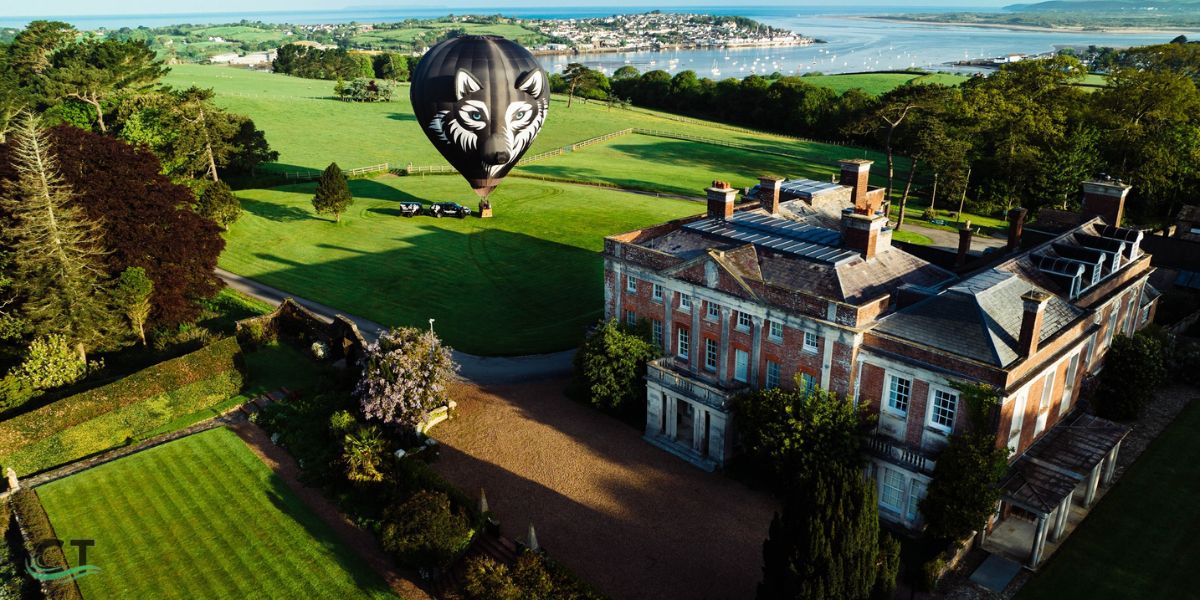Tapeley: An In‑Depth Exploration of a Hidden Gem

Tapeley, a name resonating with history, charm, and intrigue, stands as an emblematic example of how heritage, nature, and legacy converge. Rooted in storied English country life, Tapeley has attracted historians, gardeners, tourists, and those drawn to the extraordinary interplay between land and lineage. This article delves deeply into Tapeley’s past, its stunning landscapes, the architectural splendor, the evolving custodians, and why it continues to fascinate today.
The Historical Tapestry of Tapeley
Originally established centuries ago, Tapeley Park began as the seat of prominent families whose influence radiated across Devon and beyond. Its architectural evolution reflects the changing tastes of each era—from Tudor and Georgian remodels to Victorian restorations—each layer adding nuanced character. Significant owners left their mark: the Rolle family, whose philanthropic and political imprints shaped regional development; later custodians committed to restoration and public access brought new dimensions to Tapeley’s story. Understanding this lineage is crucial to appreciating the place—not merely as a property, but as a chronicle of English rural life, ambition, and preservation.
The Gardens: Landscape Masterpieces
One cannot discuss Tapeley without extolling its gardens, known for their rare botanicals, sweeping vistas, and thoughtful design. The award‑winning garden, carefully crafted over decades, features a rich tapestry of exotic plants, ornamental woodlands, and vibrant seasonal borders. A Winter Garden offers year‑round beauty, while bold architectural plantings provide structure and contrast. Garden paths wind through varied terrains—from formal terraces to wildflower glades—each turn framed by artistry, inviting both contemplation and discovery.
Architectural Significance and Heritage Conservation
Tapeley’s main house combines formal elegance with welcoming intimacy. Grand façades, stately rooms, and period details speak to noble ambitions, while newer adaptations—such as contemporary visitor areas—bridge past and present. This equilibrium embodies heritage conservation done thoughtfully—preserving integrity while fostering public engagement. The house’s architecture doesn’t just impress visually; it educates. It demonstrates how careful restoration can uphold historical authenticity while enabling modern use.
Tapeley in the Local and Cultural Landscape
Beyond its physical attributes, Tapeley functions as a cultural hub. It hosts literary events, garden festivals, and charity fundraisers, attracting both locals and visitors. This dynamic engagement reinforces Tapeley’s role not just as a static monument but as a living community asset. It supports regional identity and rural economy, drawing tourism and providing platforms for environmental education and artistic expression.
The Natural Environment and Biodiversity
Surrounding Tapeley lies a diverse ecosystem—ancient trees, riverine corridors, and open fields—that supports wildlife, from woodland birds to garden pollinators. Stewardship efforts emphasize sustainable practices: chemical‑free maintenance, wildlife habitats, and conservation plantings. Tapeley thus exemplifies how historic estates can lead in biodiversity preservation, contributing to broader environmental goals while enriching visitor experience.
Visitor Experience: Beyond the Garden Gates
For guests, Tapeley offers a holistic experience. As you enter, the sense of welcome is palpable—from informative guides to well‑maintained facilities. Visitors can wander the gardens, meet gardeners passionate about their craft, learn through interpretive displays about the estate’s history—everything is crafted to engage, educate, and delight. The blend of serenity and discovery leaves a lasting impression, ensuring that visitors return year after year.
Stewardship and Future Visions
Tapeley’s future rests on sustainable stewardship—balancing opening its doors with preserving its treasures. The custodians emphasize ongoing restoration, propagation of rare species, and expanding educational outreach. Their guiding vision is clear: to keep Tapeley vibrant, accessible, and relevant—to remain a place where heritage and innovation grow together.
Why Tapeley Matters Today
In a world where historical sites risk stagnation or commercialization, Tapeley stands as a model of authentic preservation, community relevance, and environmental care. It showcases how a single estate can serve as a garden, a class, a museum, and a sanctuary all at once—remaining both rooted and forward‑looking. Tapeley matters not just for what it was, but for how it continues to live, evolve, and inspire.
(FAQs)
What exactly is Tapeley?
Tapeley refers to Tapeley Park, a historic estate in north Devon, England. It includes a country house with multiple architectural eras, expansive and beautifully designed gardens, and a commitment to conservation, community activities, and horticultural excellence.
How old are the gardens at Tapeley?
The gardens reflect a layering of eras—original plantings and layout date back centuries, but many garden sections, including the striking Winter Garden, were developed or refined in the 20th and 21st centuries through dedicated restoration and redesign.
Can the public visit Tapeley, and what’s available for visitors?
Yes, Tapeley opens its gardens and parts of the house at specific times of year. Visitors can enjoy guided tours, garden paths, educational exhibits, and a variety of seasonal events—ranging from flower festivals to heritage days—offering immersive, enriching experiences.
Why is Tapeley environmentally significant?
Tapeley integrates environmental stewardship into its design and operations. The estate fosters biodiversity through wildlife‑friendly practices, conserves rare plant species, maintains chemical‑free grounds, and provides habitats for birds, pollinators, and other native species, illustrating how historic gardens can champion ecological health.
How can someone support or get involved with Tapeley?
Interested individuals can support Tapeley through visits (entry fees contribute to upkeep), attending events, volunteering in garden programs, or donating to specific conservation or restoration projects. Contacting the estate directly or exploring its website usually provides specific opportunities.
For More Visit celeb today
Disclaimer:
The information presented in this article is based on publicly available sources and personal interpretations. While every effort has been made to ensure accuracy, details about Tapeley Park and its features may change over time. This exploration reflects a subjective perspective and is not affiliated with the official management or owners of Tapeley. Visitors are encouraged to verify current information before planning a visit.



